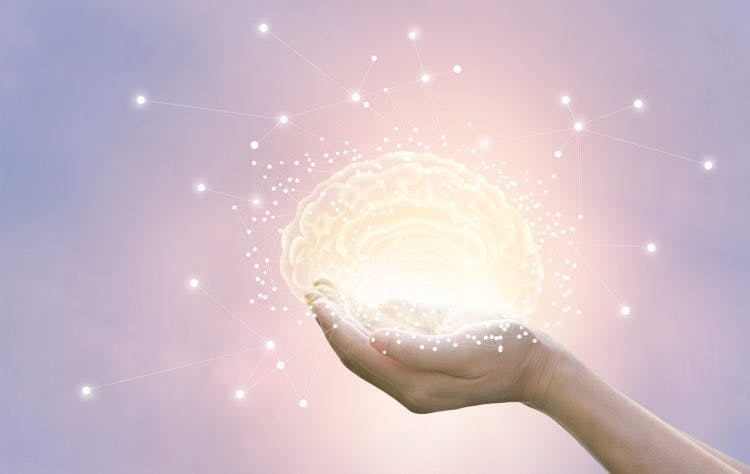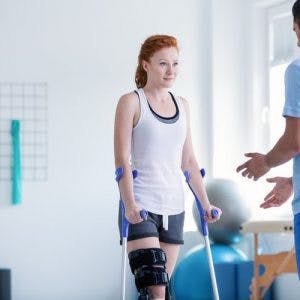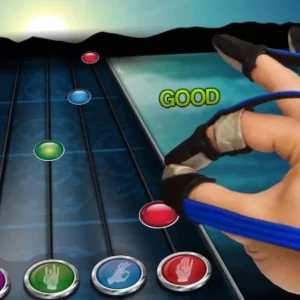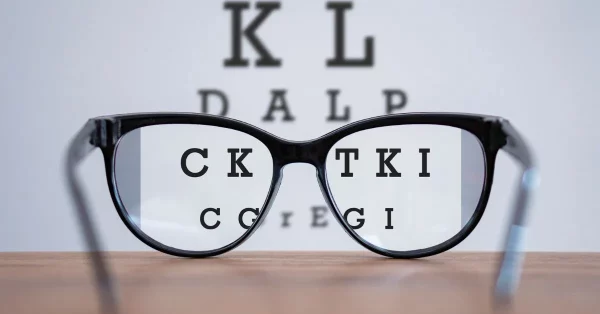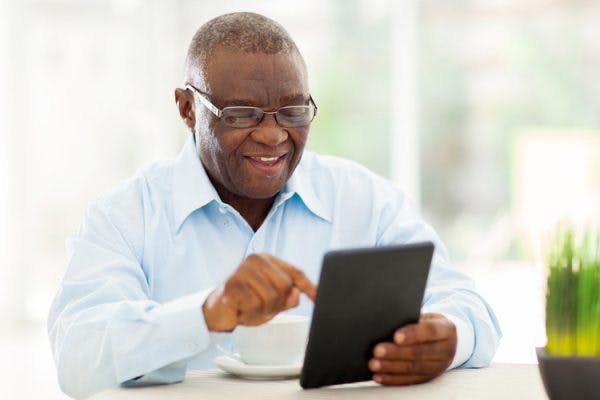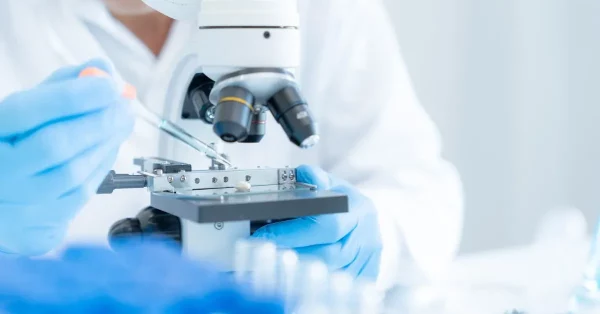Can the brain heal itself after a stroke? Research has demonstrated that yes, the brain does possess an extraordinary ability to heal itself after stroke. This ability, known as neuroplasticity, is why many stroke survivors go on to make astonishing recoveries.
However, although spontaneous recovery is a possibility, the brain typically does not heal on its own. This leaves many stroke survivors wondering, “how can the brain heal itself after a stroke?” Consistent repetitive practice of tasks involving affected functions is the best way to spark neuroplasticity, and healing, within the brain.
This article will describe neuroplasticity after stroke and outline how to activate this natural healing process within the brain. It will also discuss when neuroplasticity can lead to further complications of stroke and how to avoid this.
Please use the links below to jump directly to any section of this article.
- What is a stroke?
- Neuroplasticity: the mechanism behind brain healing
- How can the brain heal itself after stroke?
- Activating neuroplasticity through repetition
- Preventing learned non-use
What Is a Stroke?
A stroke occurs when there is a lack of blood flow to the brain due to a clogged artery (ischemic stroke) or a burst artery (hemorrhagic stroke). When blood supply is compromised, it deprives the brain cells of oxygen, leading to severe damage or even cell death. Treatment for stroke includes clot-dissolving drugs and sometimes surgery, depending on the type and location of the stroke.
However, even if treatment is administered quickly, damage from a stroke can still result in various secondary effects, such as:
- Muscle weakness or paralysis on one side
- Numbness or tingling
- Speech and language difficulties
- Difficulty swallowing (dysphagia)
- Cognitive problems
These effects can range in intensity from mild to severe, depending on the severity of the stroke. Fortunately, the brain can fully or partially recover these functions after stroke through the phenomenon of neuroplasticity.
Neuroplasticity: The Mechanism Behind Brain Healing after Stroke
Neuroplasticity refers to the brain’s ability to reorganize neurons in response to learning or experience. While neuroplasticity is constantly occurring in the brain, there are times when its effects are enhanced.
For example, the brains of infants and toddlers are changing rapidly as they learn from the world around them. While adult brains are not able to adapt as quickly, they are still constantly changing. There are even times when adults experience a heightened rate of neuroplasticity.
One of these instances is when the brain becomes damaged after a neurological injury, such as a stroke. During the first weeks to months following the injury, the brain is able to adapt more quickly than usual due to enhanced neuroplasticity. This is why the initial weeks to months following a stroke are critical for recovery.
How Can the Brain Heal Itself After a Stroke?
The brain is composed of billions of neurons, each of which are connected to up to 10,000 other neurons. This results in a network of over 100 trillion neural connections. These connections are pathways in the brain that retrieve and store information.
When a stroke occurs, part of the brain becomes damaged and many of these connections are destroyed. The loss of these neural connections results in lost functions. For example, when the neural connections involved in movement have been compromised, survivors may experience mobility challenges.
However, the damage does not have to result in permanent functional impairments. Through neuroplasticity, the brain can form new neural pathways. It can even transfer functions that were once held in damaged parts of the brain to new, healthy areas. This process allows survivors to recover lost functions after stroke.
While some individuals do experience spontaneous recovery, the most effective way to activate neuroplasticity is through consistent repetitive practice. Therefore, it is essential to regularly practice tasks involving affected functions to spark neuroplasticity and help the brain heal itself after stroke.
Activating Neuroplasticity Through Repetition
In the past, scientists believed that the adult brain was static. This meant that, after a certain point in development, the brain could no longer adapt to change.
Today, however, research shows that the brain is always in a flexible state, even in old age. This flexible state can be referred to as the brain’s plasticity.
Research has also demonstrated that task-specific training and repetitive actions engage neuroplasticity and cause changes in the brain. Furthermore, research shows that patients who practice digital cognitive and speech therapy four or more times per week experience greater improvements.
Therefore, a key aspect in stroke recovery is massed practice: performing exercises with high repetition. When exercises and activities are performed, the brain creates new pathways in response to the experience.
Massed Practice Creates New Pathways
These new pathways make it easier for the brain to retain and access information. When a specific task is practiced repetitively, the associated neural pathways are reinforced, making the task easier to perform.
This explains why the first time a person tries something new, such as playing a chord on the guitar, it feels slow and clunky. But by the hundredth time, it becomes second-nature. That is neuroplasticity in action.
Therefore, to restore affected functions after stroke, survivors should practice related task-specific exercises several times each day. This is essential whether an individual is working to improve their speech, balance, memory, or other secondary effects of stroke.
Regardless of which skills survivors want to focus on, repetitive practice can activate neuroplasticity and help the brain heal itself after stroke. As new neural pathways grow stronger and stronger, survivors experience recovery of lost functions.
Speech and cognitive therapy apps can be a valuable supplement to therapy sessions. The Constant Therapy Speech & Cognitive Therapy App, designed by expert speech-language pathologists, is a scientifically based app with over 100,000 speech and cognitive exercises.
Want to boost your stroke recovery with evidence-based speech and cognitive therapy today? Get started here (link opens a pop-up for uninterrupted reading.)
Preventing Learned Non-Use After Stroke
While neuroplasticity can help the brain heal itself after stroke, the adaptive rewiring that occurs after stroke is not always beneficial. When survivors practice exercises with poor form or consistently avoid tasks involving affected functions, maladaptive plasticity may occur.
For example, if a survivor is unable to use their right hand for daily activities, they might start using only their left hand on a regular basis. However, if they continue to only use their left hand, the brain will eventually “forget” how to use the right hand. This leads to a condition known as learned non-use, and it can result in a permanent loss of function.
That is why therapists recommend incorporating restorativetechniques into stroke recovery programs. Restorative techniques teach survivors how to regain lost functions, and not merely adapt.
While using compensatory strategies to make up for lost functions can help improve independence temporarily, doing so does not activate neuroplasticity to help the brain heal itself after stroke. Therefore, even though it may be difficult, try to practice exercises and activities involving the affected functions as much as possible.
If the right hand is weak, try to resist the urge to do everything with the left hand, and instead use the right hand as much as possible. If unable to walk, work on moving and strengthening the legs on a regular basis. If experiencing memory impairments, try to practice remembering small non-essential pieces of information for short periods of time. Repetitively using the skills that were affected by stroke through task-specific practice is the best way to avoid learned non-use and promote neuroplasticity.
Rewiring the Brain to Restore Abilities After Stroke
A stroke can result in the loss of physical, cognitive and psychological functions. By focusing on highly repetitive exercises and task-specific training during stroke rehabilitation, survivors can activate neuroplasticity and help the brain heal itself after stroke.
By activating neuroplasticity through repetitive exercise, the brain is able to repair lost connections. This not only allows survivors to relearn certain activities, it also prevents neuronal decay and further loss of function.
There is always hope for recovery through neuroplasticity. Although it may not happen overnight, it is possible for the brain to heal itself after a stroke by activating neuroplasticity.

